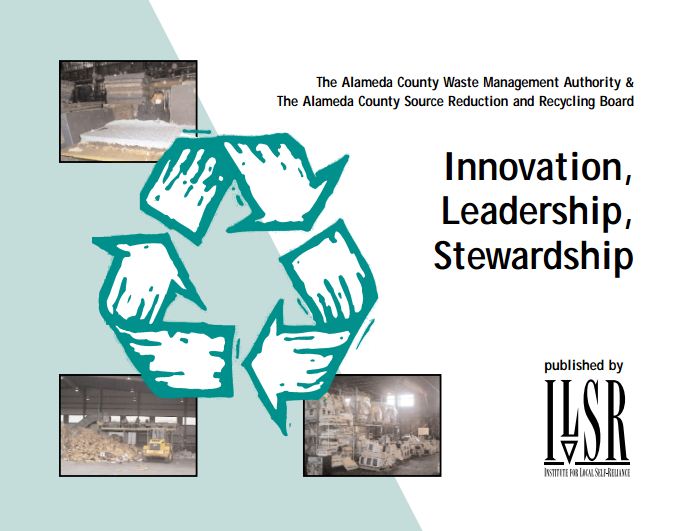August 19, 2002
EditorNew York Times New York, NY
Dear Editor,
It is remarkable to read, in 2002, an article arguing that New York City should handle its waste problem by installing incinerators in towns up the Hudson (August 15, 2002 “Putting Garbage to Good Use”). Twenty years ago the nation, and this region, engaged in a vigorous and often heated debate on the efficacy of garbage incineration. We came away having learned some important lessons.
Garbage incineration is by far the most expensive waste disposal option, more costly than recycling, composting or land disposal.
Because incineration is so expensive, developers require long term loans. Bankers will entertain such loans only if the city agrees to a long term (20-30 year) contract that guarantees a certain amount of garbage at a relatively high “tip fee.” By contrast, recyclers must sell into cyclical and constantly changing commodity spot markets. If a city offered recyclers a similar high priced, long term contract, recycling levels would soar.
Incineration is the most inefficient method of generating electricity. Thus the electricity generated is very expensive. Garbage incineration economics depends on the developer gaining a long term contract with an electricity buyer at a premium price. The subsidy involved could be the equivalent of $20-30 per ton. Again, if recyclers were offered a similar premium, recycling levels would soar.
New York City’s current strategy of exporting its garbage to far-off landfills at a total cost that will soon exceed $150 a ton is definitely wrong-headed. An aggressive and comprehensive recycling program is the answer, not the half-hearted, poorly conceived and executed program New York City had run even before Mayor Bloomberg pulled the plug.
The good news is that New York has, over the last generation, taught its residents the habits of resource conservation. The bad news is that New York City recycles less than 15 percent of its garbage. Big cities like Los Angeles and Alameda County, home to Oakland, have reached the 50 percent level, and have established a new 75 percent goal. Rather than embrace a strategy to foster unwanted incinerators on towns north and south of New York City or dump millions of tons of unwanted garbage in towns as far away as Oklahoma, New York City should emulate these west coast cities and adopt the least expensive and most rewarding strategy: maximum recycling.
Sincerely,
Dr. Neil Seldman and Dr. David Morris Authors of The Economics of Recycling and A New Strategy for NYC’s Solid Waste Management
Institute for Local Self-Reliance 927 15th St NW, 4th Fl. Washington, DC 20005 Phone: 202-898-1610 nseldman@ilsr.org dmorris@ilsr.org www.ilsr.org



